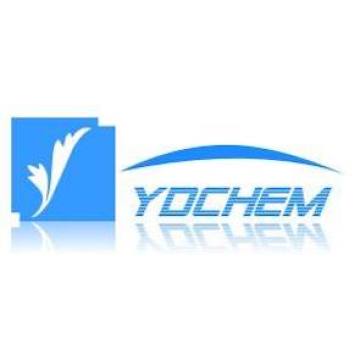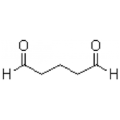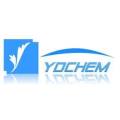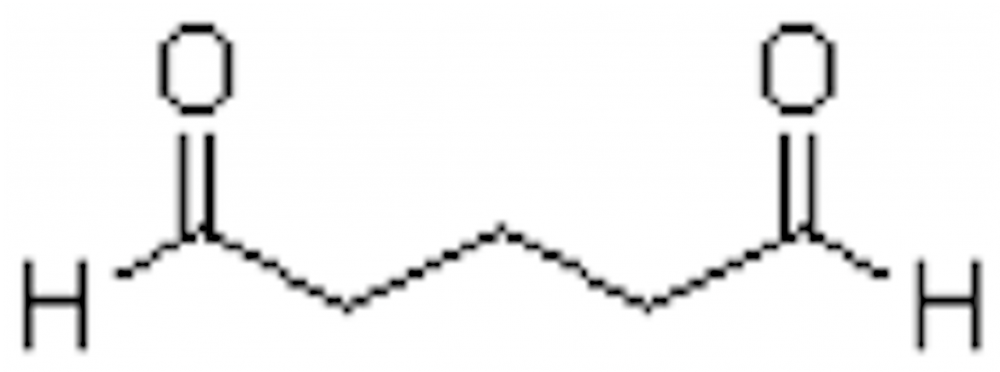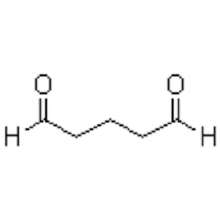Glutaraldehyde has been honored as the third milestone in the history of chemical disinfectants after the disinfection of formaldehyde and ethylene oxide. As the raw liquid for the production of glutaraldehyde series of fungicides, this product has the characteristics of low methanol content, no mutagenesis, no toxic, and is widely used in disinfection and sterilization, pharmacy and other industries.
Glutaraldehyde is an efficient disinfectant with broad spectrum, high efficiency, low toxicity, little corrosion to metal, little affected by organics and good stability. It is suitable for disinfection and sterilization of medical instruments and precision instruments which can resist humidity and avoid heat. The sterilization concentration was 2%, and the main types of glutaraldehyde were 2% alkaline glutaraldehyde and 2% acidic glutaraldehyde. Basic glutaraldehyde is often used for sterilization of medical instruments. Appropriate amount of sodium bicarbonate should be added before use. After shaking, it should be left for 1 hour and pH value should be measured. At a pH of 7.5-8.5, glutaraldehyde has the strongest bactericidal effect. Glutaraldehyde sterilization is the function of monomers. When the pH of the solution reaches 6, these monomers have a tendency of polymerization. With the increase of pH, such polymerization is very rapid, and precipitation can occur in the solution. Therefore, alkaline glutaraldehyde is a relatively unstable disinfectant, and 2% strengthened acidic glutaraldehyde takes polyoxyethylene fatty alcohol ether as a strong agent, which can enhance the sterilization of glutaraldehyde. Its pH is lower than 5, and its killing effect on bacterial bud is weaker than that of basic glutaraldehyde, but its inactivation effect on virus is stronger than that of basic glutaraldehyde, and its stability is better than that of basic glutaraldehyde, which can be used for 28 days continuously.
(1) germicidal principle: the germicidal action of aldehyde disinfectants on microorganisms mainly depends on the aldehyde group. This kind of drug mainly ACTS on the sulfhydryl, hydroxyl, carboxyl and amino of the bacterial proteins, which can alkylate and cause protein coagulation, resulting in bacterial death.
(2) main advantages and disadvantages:
Advantages:
Isoprene is a broad spectrum and efficient disinfectant, which can kill all microorganisms.
It can be used for sterilization of non-heat-resistant medical equipment.
At the usage concentration, 1 glutaraldehyde has low irritation, corrosivity and safety and low toxicity.
However, the effect of organic matter is small, 20% of organic matter on germicidal effect is not.
Disadvantages:
The sterilization time is long, usually 10 hours.
Amylal has certain toxicity, which can cause bronchitis and pulmonary edema.
The sterilized medical instruments should be fully rinsed with distilled water before use.
(3) sterilization: alkaline glutaraldehyde is a broad spectrum and efficient disinfectant, which can effectively kill various microorganisms and can be used as sterilizing agent, but the effect of strengthening acid glutaraldehyde to kill buds is slightly weak.
Product Categories : Chemical Intermediate


